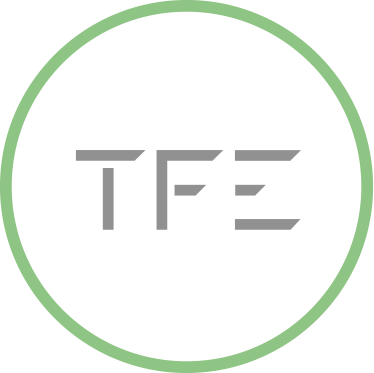Archives
Julian Eyre | published on 5th September 2017
Usain Bolt, Mo Farah and the race to reducing settlement cycles?
Usain Bolt’s reaction time from the gun is critical. He requires the ability to explode from the blocks, optimise momentum into the drive phase and then maintain maximum speed through to the finishing line. The race is too short for errors to be corrected and still win. Indeed, a huge proportion of Usain’s training is focused on reducing his reaction time and achieving maximum velocity as quickly as possible.
In contrast, Mo Farah doesn’t focus his training on reacting at the very instant the gun goes. He can often be seen to momentarily delay his start. Whilst the start to his race is diametrically opposed to the 100-metre sprint, he has a clear strategy and knows when to make his move to win.
Two legends of their chosen discipline, unchallenged by all for many years. However, if both Usain and Mo swapped events and maintained their historic training and routines, they may only pass as average club runners. The physical stature of both runners would not be suited to their new distances; their training is no longer aligned to the requirements of their new event and their race management will add to their mediocre performance.
Why is this relevant to Securities Finance?
Securities Finance needs to prepare for a sprint: 2017 saw the SEC reduce the settlement cycle for many securities transactions from T+3 to T+2. Target2Securities (T2S) has and will continue to provide the platform to reduce settlement periods across Europe. With one of the main drivers to reducing settlement cycles being cited as risk mitigation, clearly the mid-term goal is to move to a T+1 environment with the utopian state of T+0 being achievable in the future.
A T+1 or T+0 market will mean varying degrees of pain when performing Securities Financing transactions (SFT’s). Bearing in mind that all assets utilised in SFT’s are third party securities, whether it be a beneficial owner or a trading desk within your own firm, the notice period to recall sold securities becomes incredibly tight.
The compressed recall period may mean the Securities Finance operating model should change from Mo Farah’s endurance run to a Usain Bolt sprint. Ensuring the technology stack is capable of supporting quicker recall periods is crucial.
In a T+1 and more so in a T+0 environment, every second counts. The reaction time to the sale of the asset being triggered needs to be almost instant. Continuing to adopt a slow reaction process that works for a T+2 or T+3 settlement cycle will result in failure to return the stock to the ultimate owner. This will disrupt the timely settlement of the security sale and could trigger securities to be bought in.
When? How? and with whom should you look to change your recall process to ensure recall awareness, data transfer and settlement processes are fit for tomorrow’s settlement cycles.
TFE are specialist in change for the Securities Finance industry. We understand today’s market and can help plan your operating model for tomorrow.
Contact us to discuss how we can help you.



